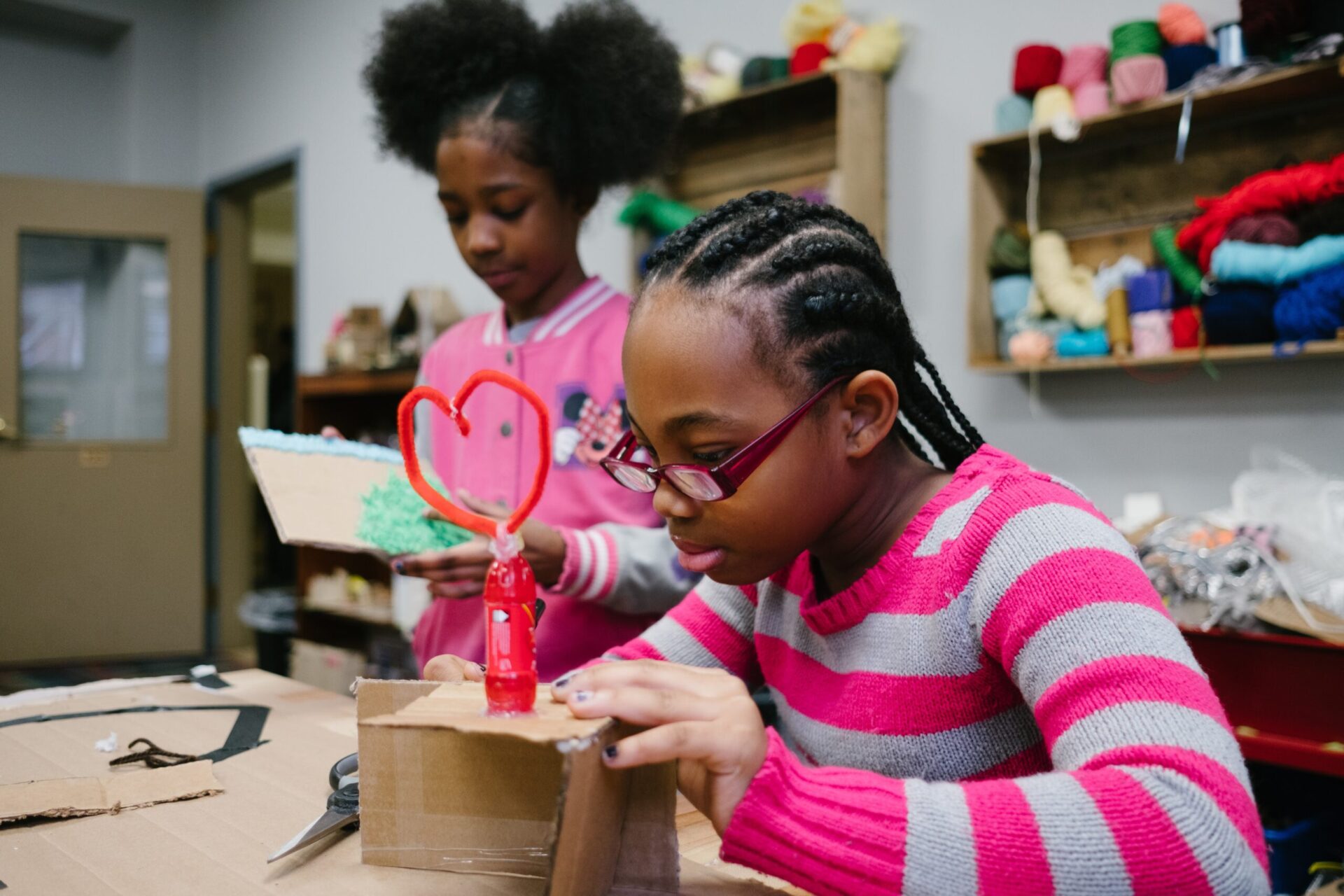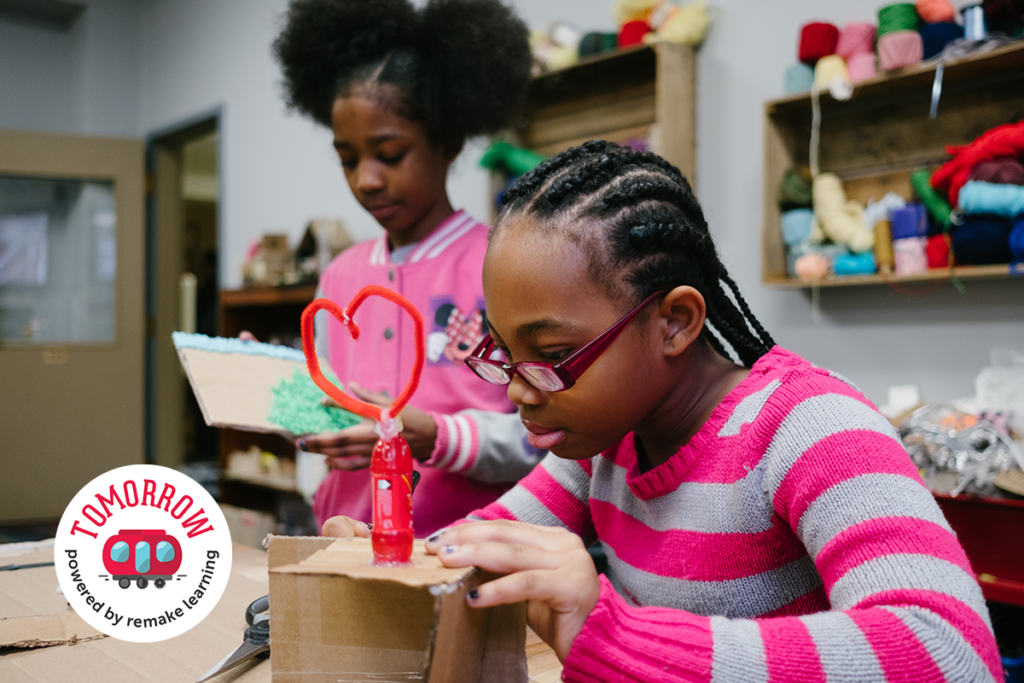The two students from Brownsville Area High School knew things needed to change. February was arriving yet again, and their school had no plan to acknowledge Black History Month in any meaningful way.
After 3 1/2 years of high school, these two seniors had been taught little about Black history and nothing about Black excellence. What they had learned was laid out in the broadest and quickest of strokes.
These two young women agreed: An occasional, brief mention of Dr. Martin Luther King Jr. wasn’t enough for them — or for the other Black students at their school.
Most distressing of all, they knew that white kids could drop racist comments in the hallways at school and walk away without punishment. And when those same kids wore Confederate flag t-shirts and belt buckles? None of the adults seemed to object or point out the racism implicit in that symbol.
But these young women did have a feeling–or at least a degree of hope–that if they laid out these facts, they might get heard. So, on the morning of Feb. 8 this year, Royona Lewis and Keena Thomas sent a carefully constructed, beautifully written, 13-slide PowerPoint presentation to their district’s superintendent, Dr. Keith Hartbauer, and to their high school principal.
Its title was “Be the Change?” It laid out directly what they believed Brownsvillle needed to do to become a truly justice-centered, equitable place.
“How we feel should not be something to fear,” Lewis and Thomas wrote. “School is a place where we come to learn, express ourselves, and it’s a place where people learn about diversity. All we are asking for is change!”
Eloquent and decked out in the school colors of black and gold, their presentation wasted no time on euphemisms or vague language. “Questions from students of color,” one slide read. “Why hasn’t our school prioritized Black History Month? Why does our school ignore the racism?”
They called on the administration to help stop racism by speaking directly to the entire student body about this long-avoided subject.
Lewis hit “send” on the email at 8:20 a.m. on that Monday morning. Exactly 30 minutes later, a reply popped up in her inbox.
“I 100% agree with you that we need to make significant changes in the way we teach, provide factual information, and understand the inequalities surrounding all races, genders, and disabilities,” Hartbauer replied.
Along with thanking the students and praising their hard work on the presentation, he invited them to join the diversity and inclusion committee that the school’s leadership was already creating. Thomas and Lewis enthusiastically accepted; They are now key members of the committee alongside teachers and administrators.

Listening and Learning
These are, of course, early steps. There are no one-size-fits-all answers to problems as complex and deeply ingrained in American culture as racism, sexism and the many other types of discrimination that have lingered in silence for generations. Each school district has different issues to confront and a different population to serve.
But the thinking and choices unfolding in Brownsville in recent weeks offer insight that could be valuable in any community: When students believe they will be heard, they can offer up wisdom that points to next steps. And when administrators and teachers are willing to look honestly at what’s not working and commit publicly to leading change, progress becomes possible.
Dr. Caroline Johns, superintendent at Northgate School District, is taking this same kind of multipronged approach: Her leadership team has created a book study group to educate themselves about social justice in order to build an anti-racist and more equitable school culture. (“White Fragility” is among the first books they’ve read.) They are learning and listening, rather than jumping to top-down solutions based solely on their perspectives.
Something similar is happening at Brentwood Borough School District. Superintendent Dr. Amy Burch says Brentwood has learned through the process of welcoming Bhutanese and Nepali families into the community that successful diversity and inclusion work involves listening and learning.
Just one example: Through discussions with parents and students, Burch’s team began to learn that within Nepali and Bhutanese families, schooling is seen as an independent responsibility of children. Rather than engaging with a school, the parents focus on their work and responsibilities. Children are trusted to report back about how their education is going, but parents’ direct involvement is limited.
“That was one of those eye-opening moments,” Burch says. Her district realized that these parents weren’t unaware that events were coming up or disinterested in the typical practice of attending school events and communicating with teachers. They were simply approaching learning according to the habits of their culture and respecting their children’s ability to run this aspect of their lives.
The work of truly understanding and welcoming the entire school community takes time and work, she says, and it must be a priority.
“If you don’t intentionally designate one person to lead the charge in that area,” Burch says, “I don’t think you’re going to be very successful.”
Helping Students Lead
At South Fayette Township School District, that leader is Dr. Chuck Herring, an experienced teacher who currently serves as the district’s director of diversity, equity and inclusion.
Along with a team of high school students, he has launched the SHOUT: Social Handprints Overcoming Unjust Treatment initiative in his own district and spread the program to other schools throughout the region.
SHOUT is based on the idea that although a massive problem like racism or sexism can feel insurmountable, many small efforts can add up to big progress. So the students in a SHOUT group choose manageable projects that they believe will make their school or community more just and equitable.
Herring points out that one key to supporting this work is helping teens train their replacements. Student-led programs like SHOUT can shrink and fade when their most involved students graduate. By teaching upperclassmen to mentor younger students, a club can keep on thriving even as the group’s leaders leave the school.
Embracing Representation and Equity of All Kinds
At Northgate, a powerful new project is bringing students and adults together. During the next three months, artist Bernie Wilke will collaborate with students, teachers and members of the wider Northgate community to create a permanent mural for the school’s entrance.
The mural will be a bold and bright message that Northgate is a place where all are welcome, Johns says. The images will honor the history of the community and celebrate the diversity of its residents. The school currently has smaller signs posted with the same message. But the mural will be a permanent, community-created statement for all to see.
While the district is focusing actively on anti-racism, the mural will include representation of all kinds. The importance of addressing all kinds of discrimination hit home to Johns when she met with a group of young students. One of the young girls asked Johns what her job was at Northgate.
“I’m the superintendent,” Johns said.
“Oh,” the young girl replied. “I didn’t know girls could be superintendents.”
The Tomorrow campaign will be exploring the subject of justice and equity in schools throughout the comings months, centering the voices of students, parents and teachers to chronicle this vital issue.
